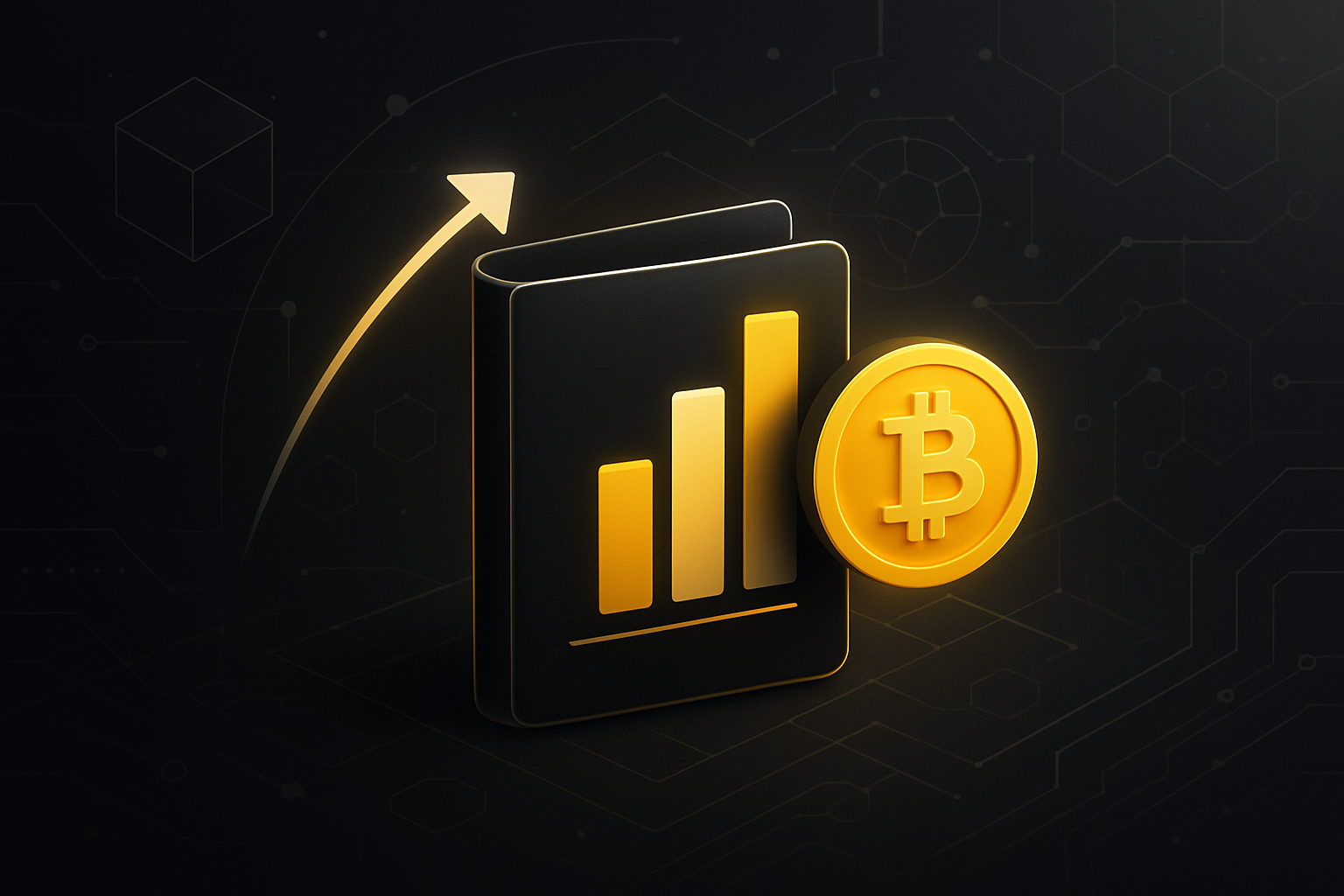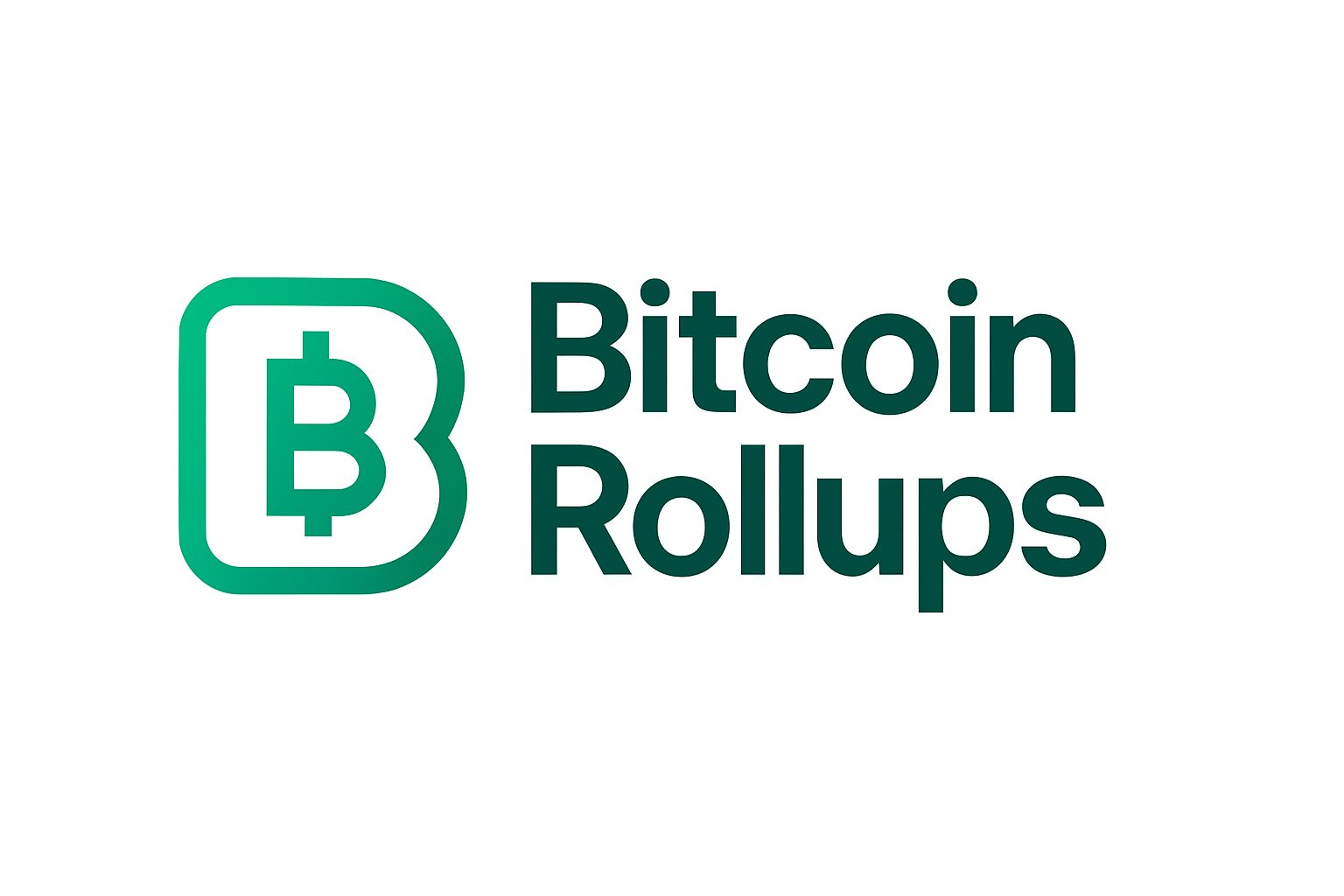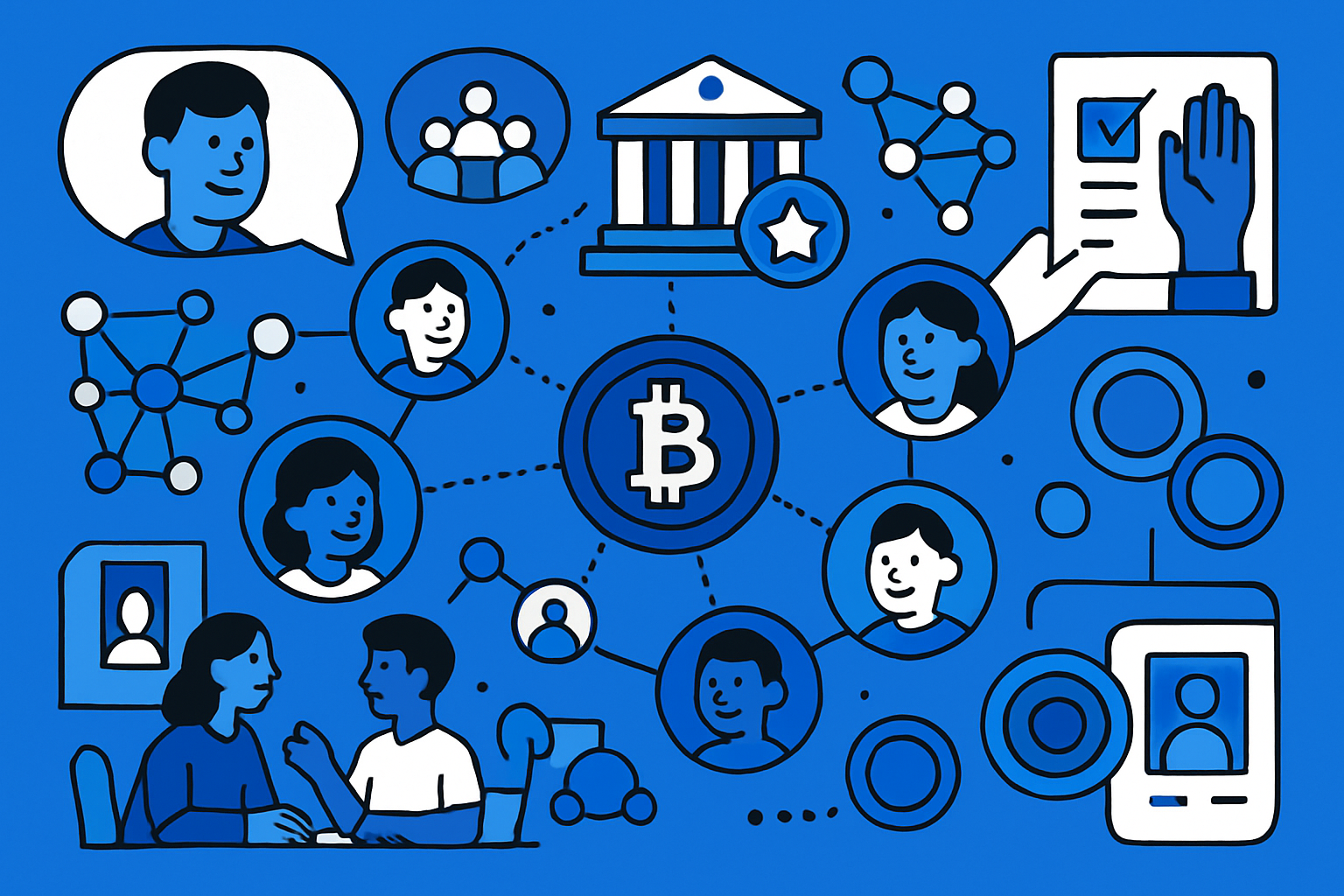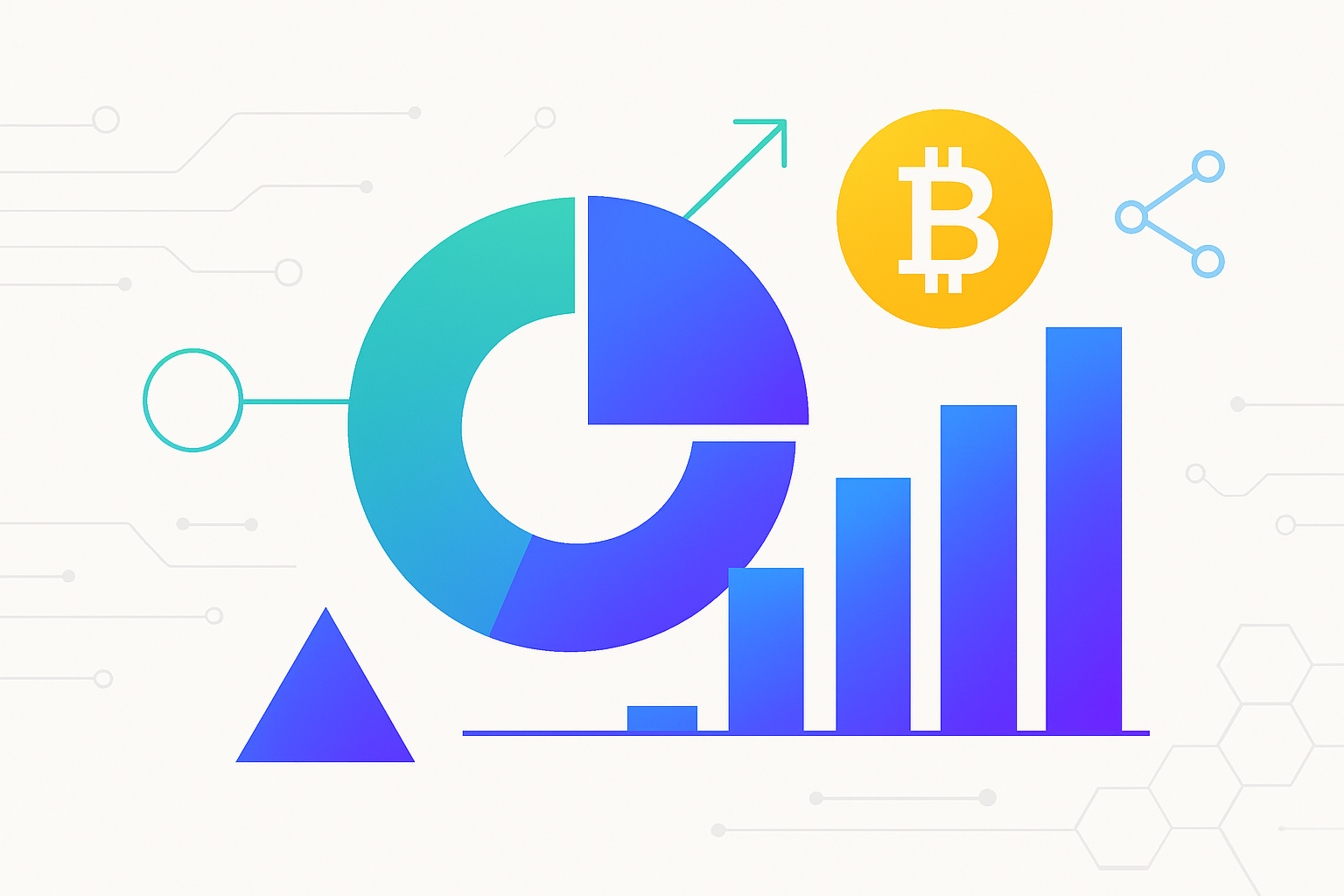
As Bitcoin continues to trade above $95,000 in November 2025, the conversation around its scalability and security has shifted dramatically. The emergence of decentralized sequencers in Bitcoin zkRollups is at the heart of this evolution, offering a robust response to the long-standing challenges of centralized rollup infrastructure. This architectural shift is not just a technical milestone but a philosophical return to Bitcoin’s roots: trust minimization and resilience.
Why Sequencers Matter for Bitcoin zkRollups
zkRollups have become a cornerstone for scaling both Ethereum and now Bitcoin, thanks to their ability to batch thousands of transactions off-chain while posting succinct validity proofs on-chain. At the center of every rollup is the sequencer – the node or set of nodes responsible for ordering transactions before they are bundled into proofs. Traditionally, most zkRollups launched with centralized sequencers, which introduced risks including single points of failure, transaction censorship, and MEV (miner extractable value) exploitation.
For Bitcoin, whose ethos is built on decentralization and censorship resistance, these risks are unacceptable at scale. The industry recognized that if Bitcoin Layer 2 solutions were to handle DeFi volumes and institutional flows securely at $95,432 per BTC, they needed sequencers that could not be corrupted or coerced.
The Shift: Decentralized Sequencer Sets in Action
In 2025, projects like GOAT Network have made headlines by deploying fully decentralized sequencer sets for their native Bitcoin zkRollup architecture. GOAT Network’s approach includes rotating roles among sequencer operators and carefully crafted incentive models funded by their 34 BTC ecological pilot fund. This design aligns economic rewards with honest behavior and ensures no single actor can control transaction ordering or block inclusion.
This innovation is rooted in academic research as well. For example, recent work on set Byzantine consensus protocols demonstrates how a committee-based model can allow multiple independent nodes to collectively agree on transaction batches. This not only improves fairness but also fortifies the system against collusion or downtime – essential qualities as more capital flows into BTCFi protocols.
The implications are profound: with decentralized sequencing, users can trust that their transactions will be processed according to transparent rules rather than opaque operator preferences. It also means that even if some nodes go offline or act maliciously, the network remains robust – a key requirement as Layer 2s begin supporting high-value use cases like lending, derivatives, and cross-chain swaps.
Security and Trust Minimization: Aligning with Bitcoin’s Core Values
The transition from centralized to decentralized sequencing isn’t only about technical robustness; it’s about preserving Bitcoin’s core values. By distributing control over transaction ordering among many participants instead of one privileged operator, these new rollup designs make censorship virtually impossible without collusion among a majority of participants.
This approach also dramatically reduces the attack surface for would-be adversaries. In traditional setups, an attacker could target a single sequencer node; now they must compromise an entire committee spread across different jurisdictions and infrastructure providers.
A practical example can be seen in Astria’s shared sequencing layer – an open network designed to serve multiple rollups simultaneously. By providing fast block times and single-slot finality through permissionless participation, Astria mitigates both downtime risk and sequencing bias while keeping costs low for end users.
If you want a deeper dive into how zero-knowledge rollups enhance scalability while maintaining security guarantees for Bitcoin Layer 2s today, check out our technical guide here.
As the Bitcoin ecosystem embraces decentralized sequencer models, we’re seeing a new era of resilience and transparency for Layer 2 networks. The practical upshot is that Bitcoin zkRollup sequencing is now more closely aligned with the network’s original vision: a trustless, censorship-resistant foundation for global value transfer. This shift has already begun to impact user confidence and institutional adoption rates, especially as BTCFi yield opportunities expand in 2025.

Performance Gains and Market Impact at $95,432
With Bitcoin’s price holding steady at $95,432, the economic stakes for scaling solutions have never been higher. Decentralized sequencers enable rollups to support higher transaction throughput without sacrificing security or liveness. Recent benchmarks from projects like GOAT Network and Astria show that shared sequencing layers can deliver sub-second finality and process thousands of transactions per second, an essential upgrade as DeFi protocols on Bitcoin approach Ethereum-level activity.
Importantly, these performance gains don’t come at the cost of decentralization. By leveraging rotating committees and permissionless validator onboarding, modern Bitcoin rollups avoid the pitfalls of MEV centralization and ensure fair access to transaction ordering. This is particularly crucial for high-value activities like lending markets or cross-chain swaps, where even minor sequencing bias can lead to outsized profit extraction or user harm.
Decentralized Sequencers: The Road Ahead
The roadmap for decentralized sequencers in the Bitcoin ecosystem is ambitious. Upcoming upgrades, such as modular plug-and-play sequencing layers and BitVM2-powered rollup designs, promise even greater flexibility for developers building custom Layer 2s. Research on set consensus protocols continues to inform best practices around committee selection, slashing conditions, and data availability guarantees.
As we look toward Devcon 2025 and beyond, expect further integration between decentralized sequencer networks and emerging BTCFi protocols. The combination of robust security guarantees with near-instant settlement opens doors for everything from NFT marketplaces to institutional-grade derivatives, all anchored by Bitcoin’s unparalleled base layer.
For those interested in a broader perspective on how these innovations are shaping trustless infrastructure across chains, this overview of decentralized sequencer roadmaps provides valuable context.
Key Takeaways for Developers and Investors
- Trust minimization: Decentralized sequencers eliminate single points of failure while aligning incentives through committee-based consensus.
- Bigger DeFi opportunities: With improved scalability and security, Bitcoin Layer 2s are attracting both retail users seeking yield and institutions deploying capital at scale.
- Permissionless innovation: Open participation in sequencing networks lowers barriers for new projects building on top of Bitcoin’s robust infrastructure.
The rise of decentralized sequencers marks a turning point for zkRollup trust minimization on Bitcoin. As these systems mature throughout 2025, they will serve as critical infrastructure supporting not just faster payments but an entire new wave of permissionless financial products, solidifying Bitcoin’s role as the backbone of programmable money at scale.





